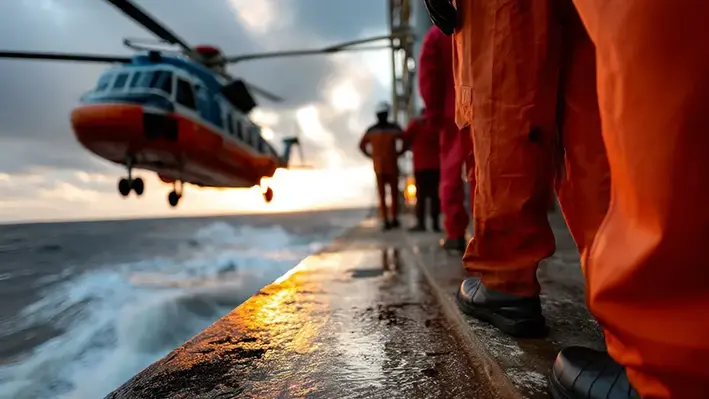 Decommissioning Australia’s ageing oil infrastructure will not only be a test of the industry’s technical and engineering prowess – increasingly, it will also challenge its economics.
Decommissioning Australia’s ageing oil infrastructure will not only be a test of the industry’s technical and engineering prowess – increasingly, it will also challenge its economics.
With the slump in oil prices undermining the finances of the major oil and gas companies in recent months, operators will need to work harder and smarter to meet stringent decommissioning objectives in the face of tighter spending constraints.
Oil prices have drifted downwards for the most part this year, at times below US$60 per barrel, squeezing budgets across the board.
Max Oppenheimer, Client Advocate - Energy at Miller Insurance, said this will test decommissioning activities across all major oil and gas production basins in the world.
Potentially, it could also trigger an acceleration in decommissioning work as operators seek to retire ageing, underperforming assets.
“Previous slumps in the oil price in 2014, and during the 2020 onset of Covid-19, impacted project economics and saw periods of accelerated decommissioning activity as operator’s sought to cold stack ageing assets to mitigate their losses,” Oppenheimer noted in a 9th May 2025 briefing posted on the company’s website.
“Prices are currently testing post-Covid lows, and risk managers may once again be faced with addressing decommissioning risk concerns sooner and on accelerated timescales.”
From an insurance perspective, Oppenheimer also outlined a range of claims scenarios that could arise from decommissioning activities and that should be considered by operators, as well as risk managers.
Australia may, however, be able to learn lessons from other major producing regions across the globe, he added, notably mature basins such as the North Sea.
“Decommissioning is a global challenge to the energy industry,” said Oppenheimer. “The greatest obligations currently reside in the North Sea basin, followed by Brazil and the USA.”
In the North Sea, a total of 22 fields ceased production during 2024, and up to 40% of currently producing fields could cease production by 2030 based upon current investment plans, or sooner if investment cases falter based on a lower crude outlook.
At the end of 2024, a backlog of 483 wells in the UK sector alone required plugging and abandonment activities, a number that could double to 2030.
“The UK challenge is particularly acute,” said Oppenheimer, “with annual decommissioning spend set to average in excess of US$3bn in the mid-term outlook.”
Australia recently agreed to work more closely with the UK in the area of decommissioning as the task becomes more pressing.
Global Underwater Hub (GUH) and Subsea Innovation Cluster Australia (SICA) signed a Memorandum of Understanding (MoU) in April to collaborate in the subsea sector, with a focus on areas such as decommissioning, as well as carbon capture.
At the time of the announcement, GUH Chief Executive, Neil Gordon, said decommissioning represented a “significant opportunity” in Australia, where the inventory of subsea assets to be decommissioned includes over 1,500 wells and structures and 4,500km of pipelines.
This would stimulate “major opportunities” for specialist plugging, cutting, inspection and recovery technologies, he noted.




